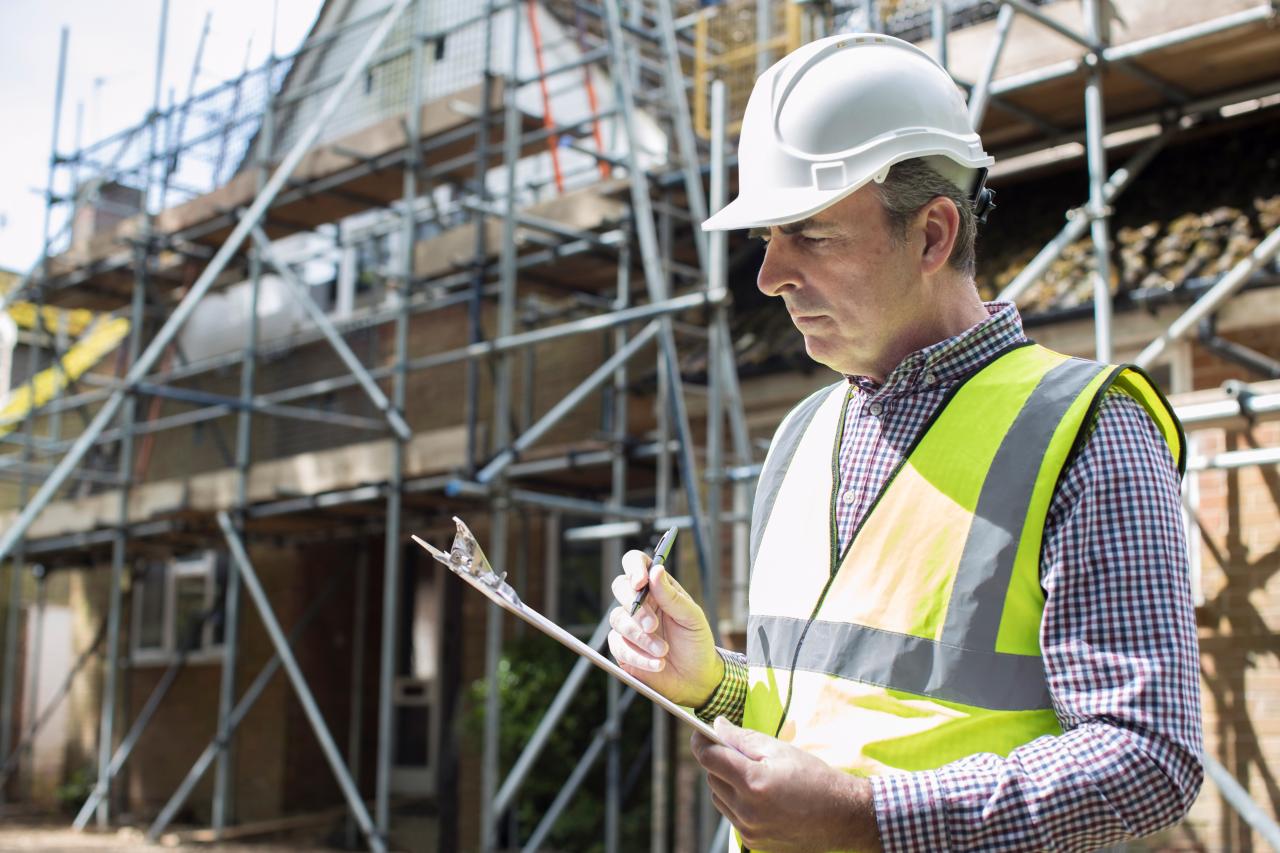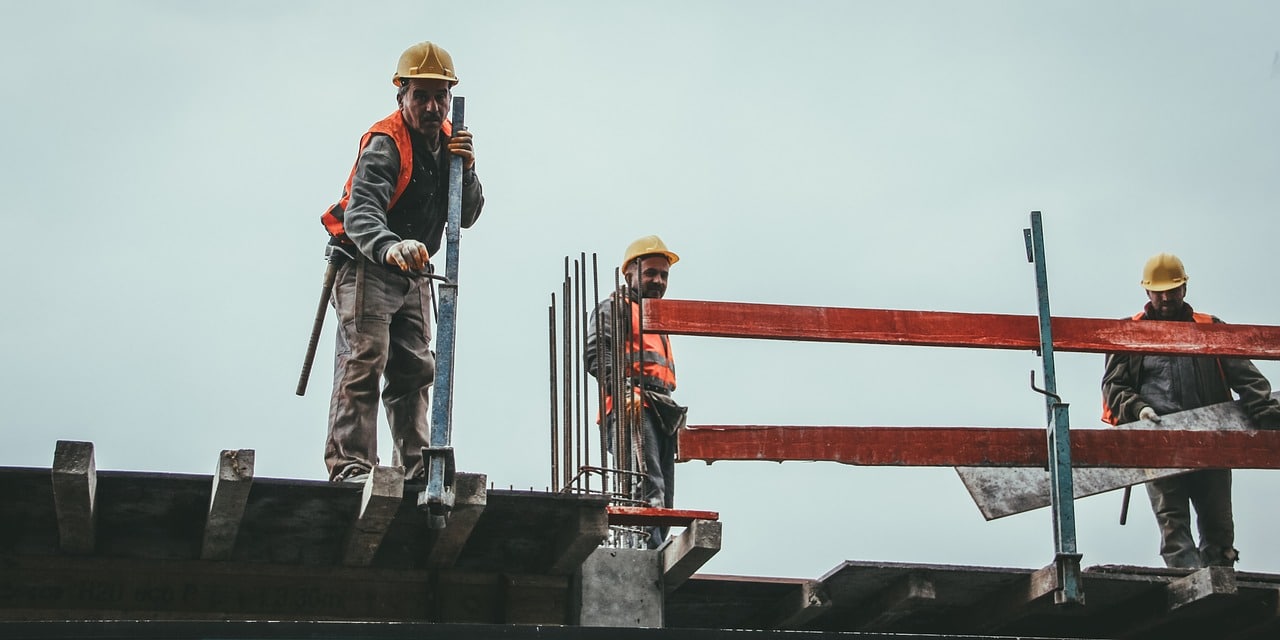It’s a curious paradox that few industries are as tightly regulated and controlled as the construction sector, yet at the same time, few industries are as vulnerable to unexpected events. From ambient weather to subcontractor failures, construction projects can be derailed in numerous ways.
From a builder’s perspective, many potential risk factors can be anticipated and pre-emptively resolved by developing a construction quality management plan. If you’re unfamiliar with this concept, we define it below, before explaining how to create and implement one.
Free eBook: Guide to a digitised QHSE organisation
What is construction quality management?
Construction quality management is broadly similar to project management. It involves taking a quality-focused, hands-on approach to all stages and aspects of design, construction, and client relations. It requires written standards that can be referred to at any time by employees, sub-contractors, and clients alike. It necessitates proactive monitoring of active projects at every stage, identifying and resolving issues in real-time rather than relying on client snagging lists or retrospective council intervention.
These are some of the issues which may require consideration over the course of a construction project:
- Changes in the style or quality of supplied materials
- Supplier and vendor failures
- Unexpected site issues or setbacks
- Changes to the scale or scope of client demands
- Communication methods and key stakeholders
- Auditing and testing
By performing ongoing due diligence across these areas (and many others), construction quality management helps ensure projects are completed on time and on budget, using suitably high-quality materials and pre-agreed standards. That gives your firm the fiscal strength and confidence to pitch positively for future work, without overruns or remediation eating into profit margins at this time of unexpectedly high inflation. It also demonstrates a high level of competence, which will be appealing to past and prospective clients alike.

Creating a plan
A construction quality management plan should be drafted as a standard document, to be applied to all future projects. In the same way, Excel isn’t suitable for running complex construction projects, one document may not cover all eventualities or project types. A small family builder may find themselves undertaking a listed building conversion, or tackling a mixed-use development, where the plan requires significant revision to remain relevant.
Any quality management plan will require updating after each construction project is signed off to ensure past lessons are learned for future developments. Issues may arise around ownership and accountability, roles and responsibilities, tools and materials. If a sub-contractor tried to pass off second-rate bricks, or if lines of communication with the client temporarily broke down, lessons can be learned for future instances. A construction quality management plan is never finished—it’s always evolving.
Check out our construction quality management app, LB Aproplan!
A game of risk
Risk assessments are never glamorous, but they’re essential throughout the lifespan of any project. Drawing up a construction quality management plan will enable you and your staff to identify potential liabilities or risks, and implement techniques to mitigate them. If it’s a new situation, it may be necessary to devise workarounds to issues as diverse as legal risks, worker training, or cash flow concerns.
Granular supervision of ongoing projects ensures agreed-upon specifications are being met, confirming everything from materials to fit and finish is of an acceptable standard. Few industries have as many risk factors as construction or the same value attached to safety protocols (crane operation, fire regulations, scaffolding assembly, etc). Poor construction methods, materials, or management can harm safety levels while lowering the anticipated lifespan of completed buildings.
Maintaining standards at every stage
We often think of snagging as a last-minute process, conducted after project handover and then retrospectively addressed on demand. This is a very inefficient, client-driven approach to construction quality management. It’s far better to have a snagging list at every stage of a project, disseminating unambiguous guidance to all relevant parties on minimum standards and materials, tolerances, and training.
More to read: Construction inspection: the pillar to your construction quality management
Resolving issues in real-time is always better than enforced retrospective action. Consider the difference between comprehensively tightening an SVP connector below a bath during installation versus leaving it loose and then having to attend to the inevitable flood in the apartment below (potentially years later when resources have been redirected elsewhere). The former is clearly preferable to the latter.
There’s always more to learn
In the same way, construction quality management plans should be organic and evolving, the wider construction industry is also pivoting towards greater efficiency and proactive quality management. From defects to checklists, our snagging, quality & safety management app LB Aproplan can transform builders’ quality management processes. Book a demo to find out more.




